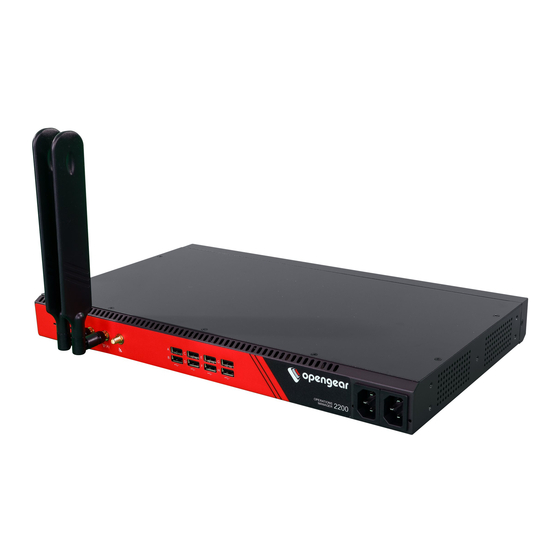
Opengear OM2200 Series User Manual
Operations manager
Hide thumbs
Also See for OM2200 Series:
- Quick start manual (5 pages) ,
- Quick start manual (8 pages) ,
- User manual (428 pages)
Table of Contents
Advertisement
Advertisement
Table of Contents





Need help?
Do you have a question about the OM2200 Series and is the answer not in the manual?
Questions and answers
my device seems to have no power, is there a power reset button?